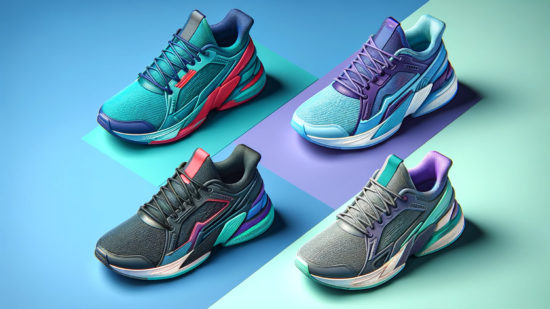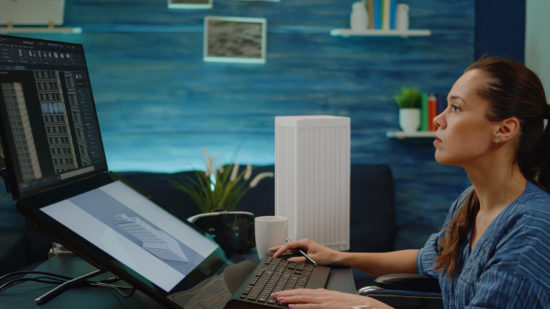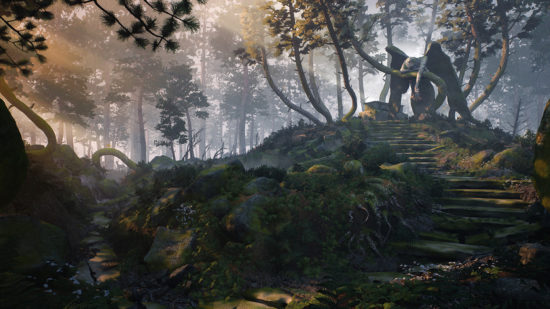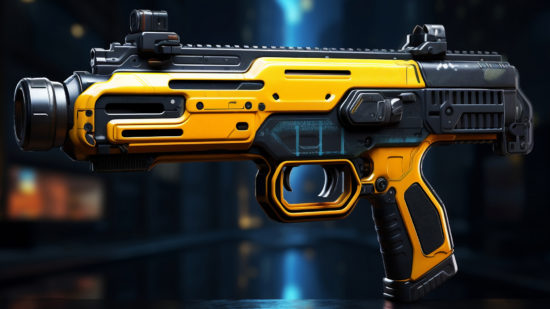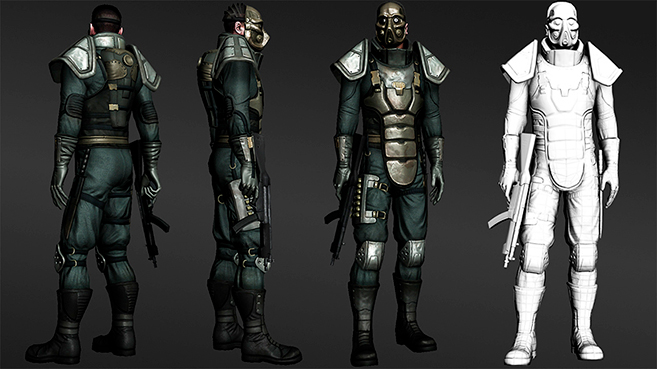
3D modeling is a rather complex and expensive process and hardly any game can be made without it. Various tools are at the artists’ disposal to project their glance of how the world should look. We are ready to shed some light on the prominent techniques that are regularly used.
Image-Based Modeling

It is a relatively simple way to transfer two-dimensional images into the 3D objects. This method utilizes a special algorithm that allows transforming highly detailed pictures into a complex 3D asset. However, the images need to be shot from multiple angles to make an object look integral.
The technique is rather inexpensive and can serve the greater good if the budget doesn’t allow maintaining an extensive and long process of producing 3D objects manually.
Digital Sculpting
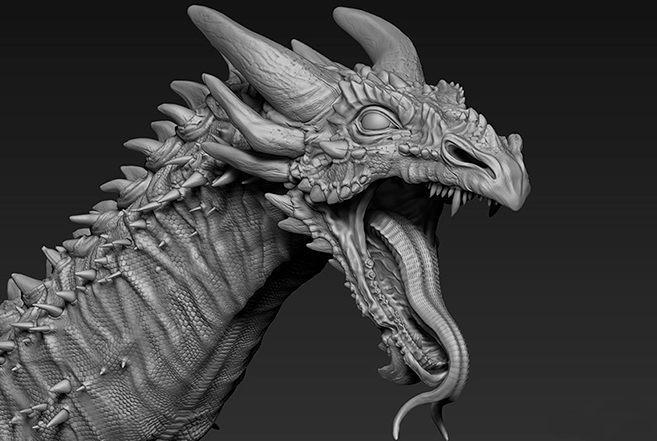
This is a relatively new technique. However, it is the first to consider when it comes to creating photorealistic assets. The method basically emulates the process of creating a physical sculpture but with a list of digital tools. Various software products (Blender, Zbrush) help to impact the objects in a very realistic way as they were made of clay, allowing to create the assets in a mesh-based geometry that contain millions of polygons.
3D Scanning

This is quite an unorthodox way to approach the modeling process. Usually, it requires a specific three-dimensional scanner that collects the data from multiple angles, thus enabling the construction of 3D models. This method excels at portraying the facial expressions of the heroes as it is capable of creating very precise polygonal or NURBS mesh. However, this technique may encounter difficulties when shiny, mirroring, or transparent objects are processed by a 3D scanner.
NURBS
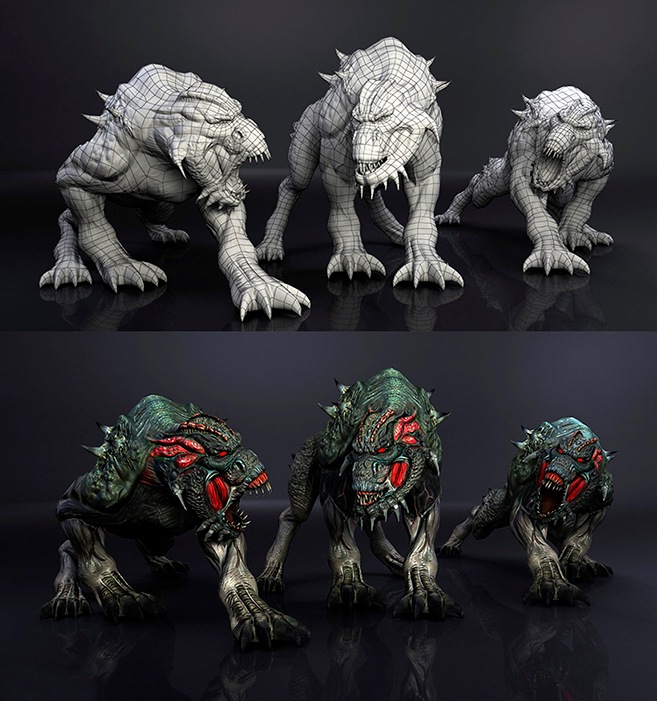
Non-Uniform Rational Basis spline is a relatively old mathematical model that is frequently used when a modeler needs to create a surface in a simple manner. NURBS mesh doesn’t operate on common modeling features such as edges: instead, it relies on 3D artists to pull the curves with special control points in order to generate a surface. The surface is determined by the lofting between the control points and a selected degree of the curve.
This method is a fairly fast and effective solution to draw a 3D radial object as the artist only needs to be precise with the placement of contours; meanwhile, the software does the rest of the job.
Procedural Modeling
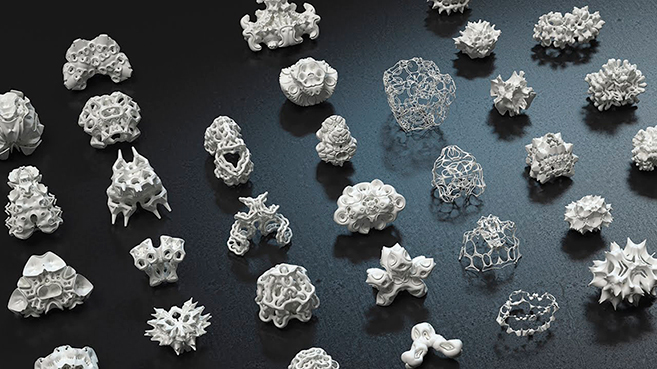
This method relies mostly on the software capacity that the artist can operate. This type of modeling can allow making a whole game location just by selecting certain types of landscape and environment, drastically reducing the capabilities and time consumption required by the artist. Such environment modeling packages as Vue, Bryce, and Terragen give access to an almost infinite preset of different objects inside the mesh, such as grass, buildings, trees, and animals. Moreover, it also enables selecting the parameters of elevation range, fallout density, and terrain distance.
Special tools like SpeedTree also give the option of generating a multitude of unique objects and details of trees and bushes with the help of recursive assets generation, which allows each of them to look unique throughout the entire location.
Box/Subdivision Modeling

It is a technique that relies upon having an initial object that gets reshaped via the artist’s manipulations to give it proper form and size. The method is quite simple and fast to learn, but it surely lacks high amounts of detail to the created assets. That is why subdivision is a common method of smoothing and adding the details to the final product. Initial low-polygon mesh gets divided into a number of subdivisions to further refine them by adding a bigger polygon count. The process keeps repeating until the object is able to represent the desired appearance.
Edge modeling

Edge modeling is another polygonal way to make a 3D asset. It is based on making an initial outline that gets loaded with the separate loops to fill in or bridge the gaps between different features inside a model. This method is very useful when modeling a human face as it’s more convenient to draw the contour of an eye socket and fill it with features from the inside than to create it from a polygonal object. It also allows for building up a massive library of parts like eyes, ears, lips, etc.
Today, a whole array of different modeling methods is used depending on the developers’ needs. The choice is mostly based on the amount of time and money that the publishers possess. So, if there is enough budget and the development span is projected to be long, then a Hollywood star can be invited to perform spectacular scenes with motion-capture gear. However, if both of the abovementioned factors are scarce, methods such as image-based modeling can serve a great deal. More conventional methods like procedural, box/subdivision, edge modeling, or a NURBS mesh are universally good and can be used during most game development processes.
In order to succeed with any product related to 3D graphics, you will need quality assets built by a reliable 3D modeling company. Regardless of the complexity, style, and form, 3D-Ace is ready to provide you with any three-dimensional artworks that will certainly highlight the strengths of your product.
